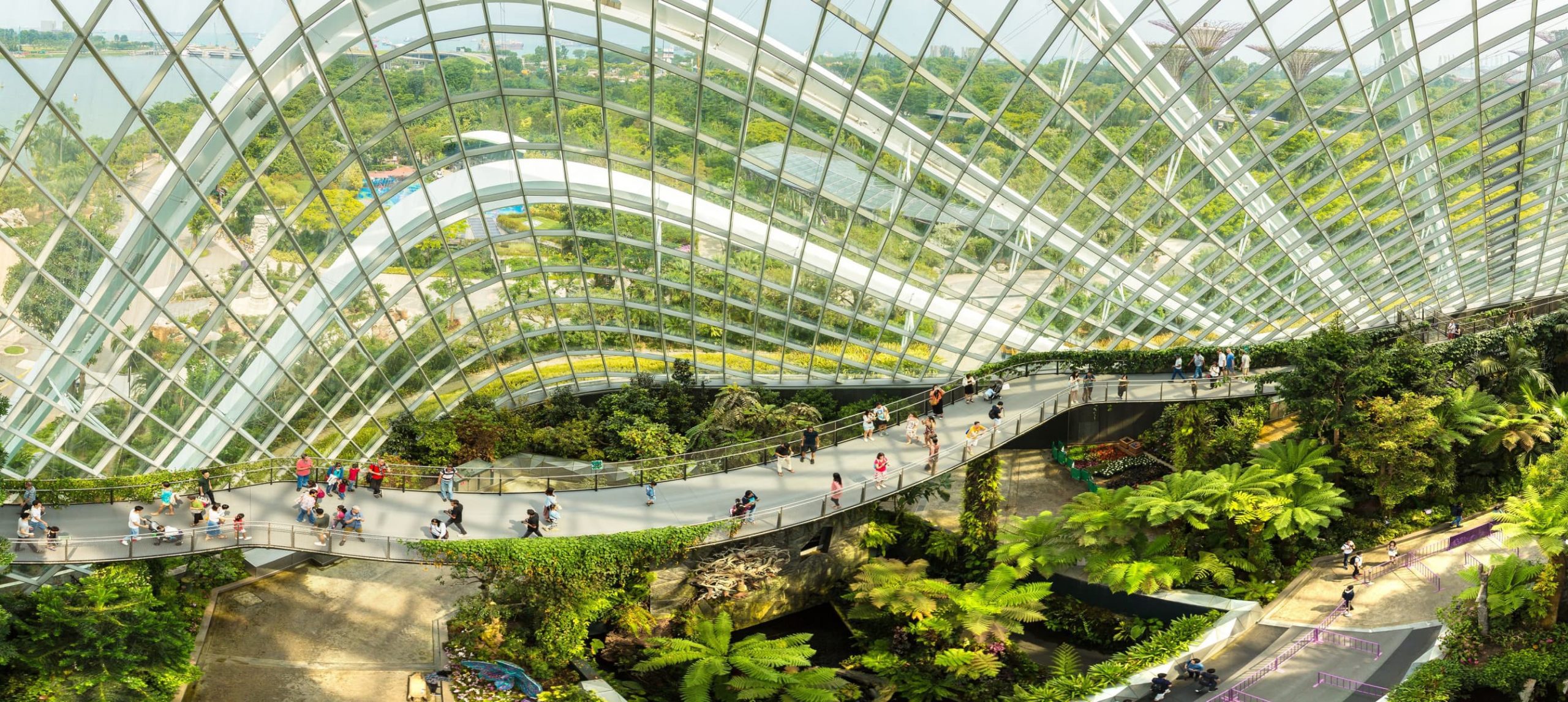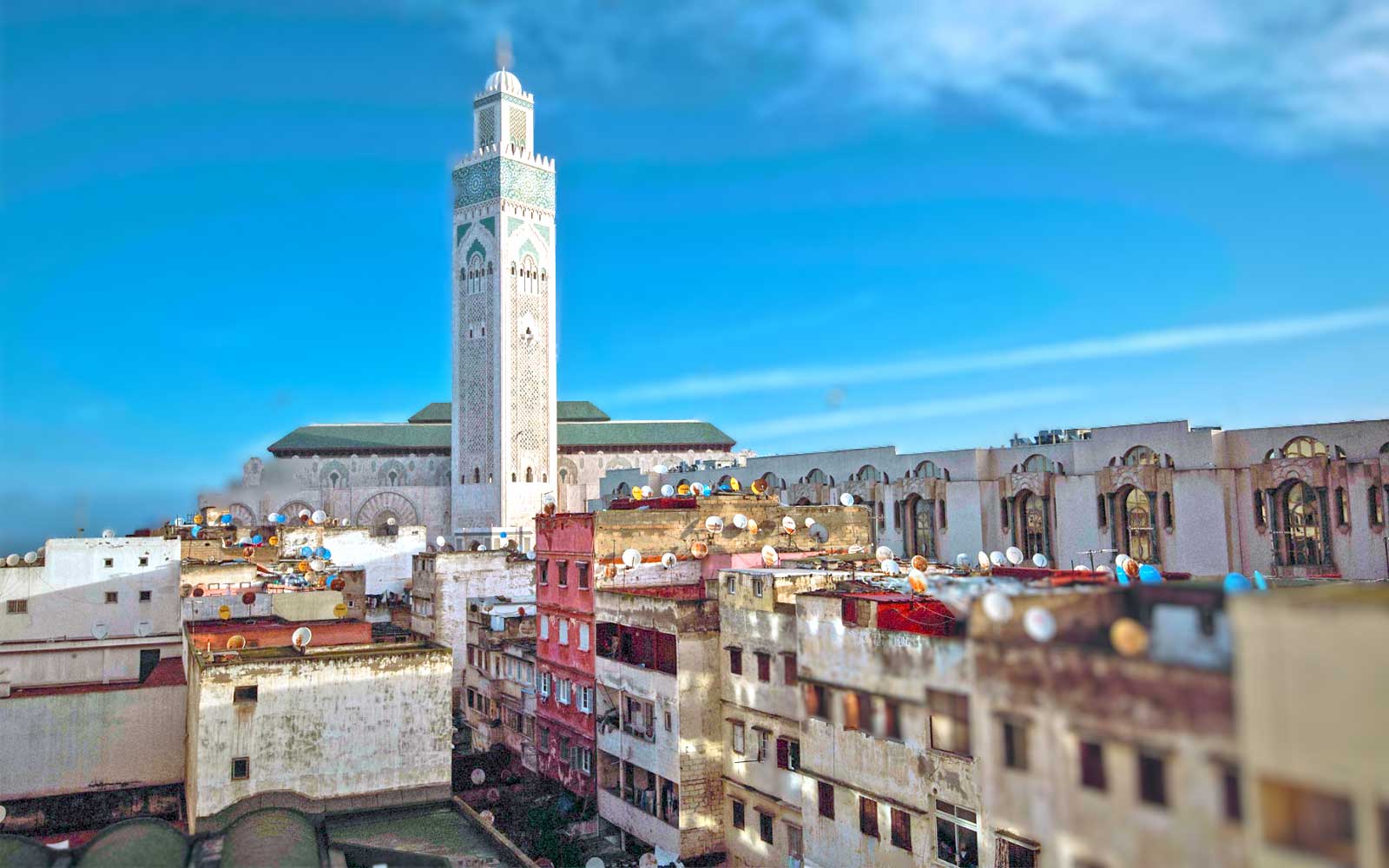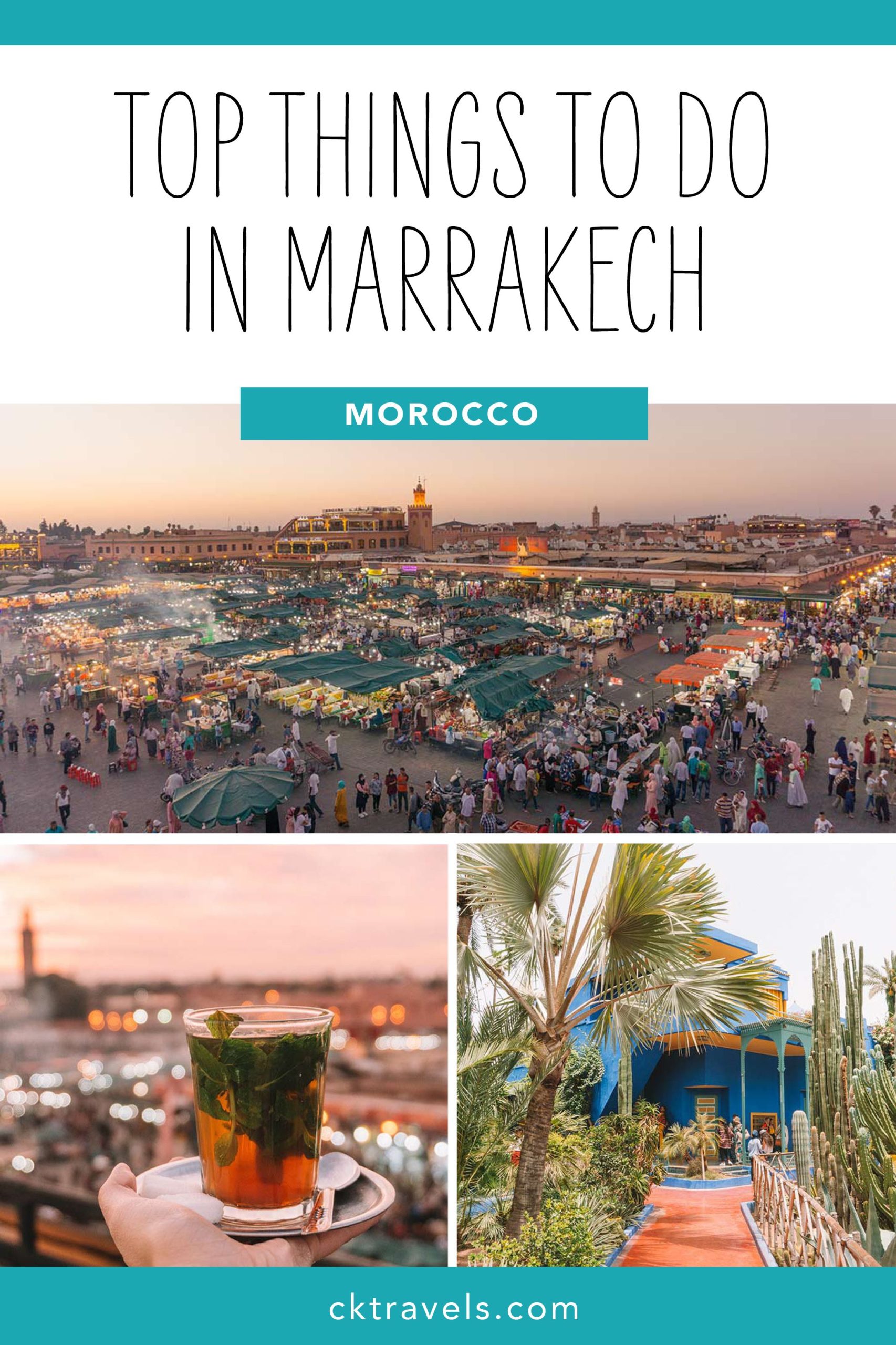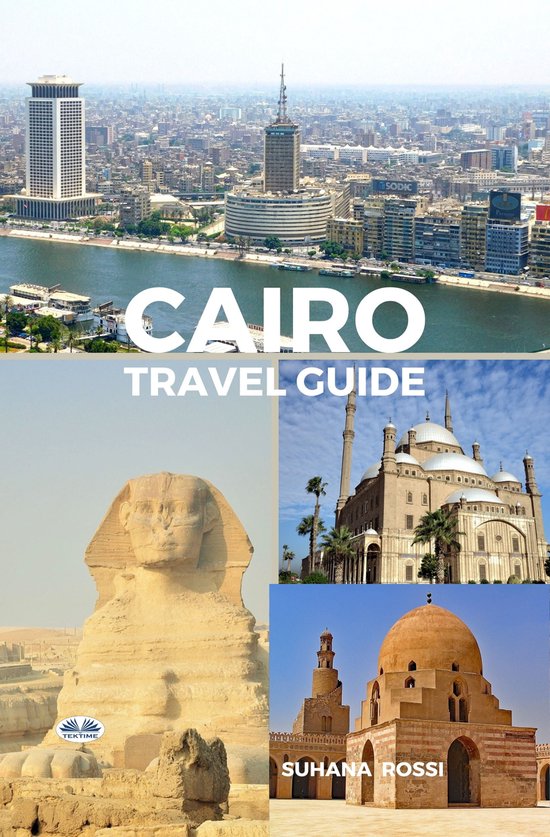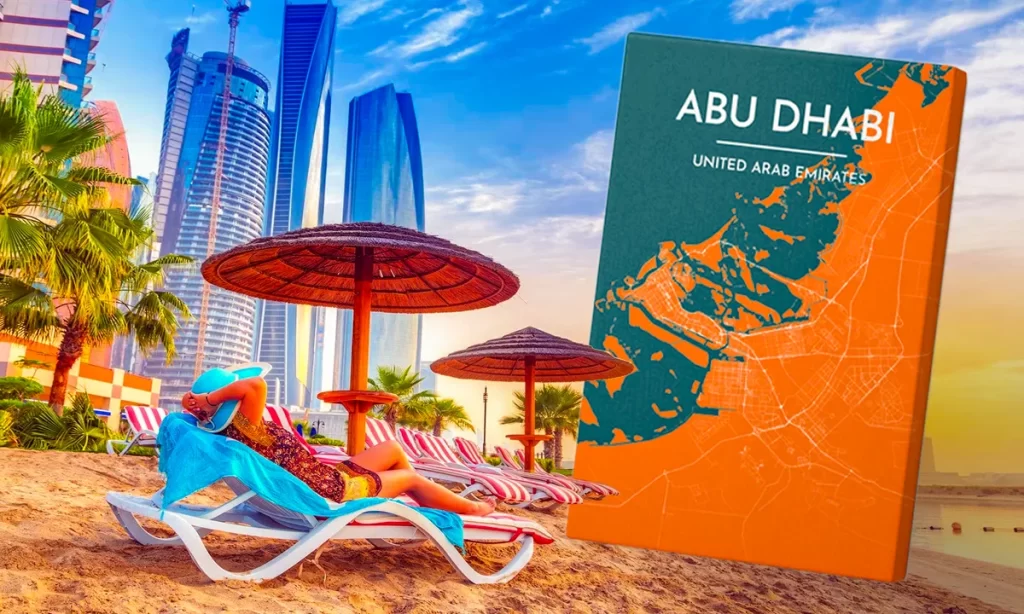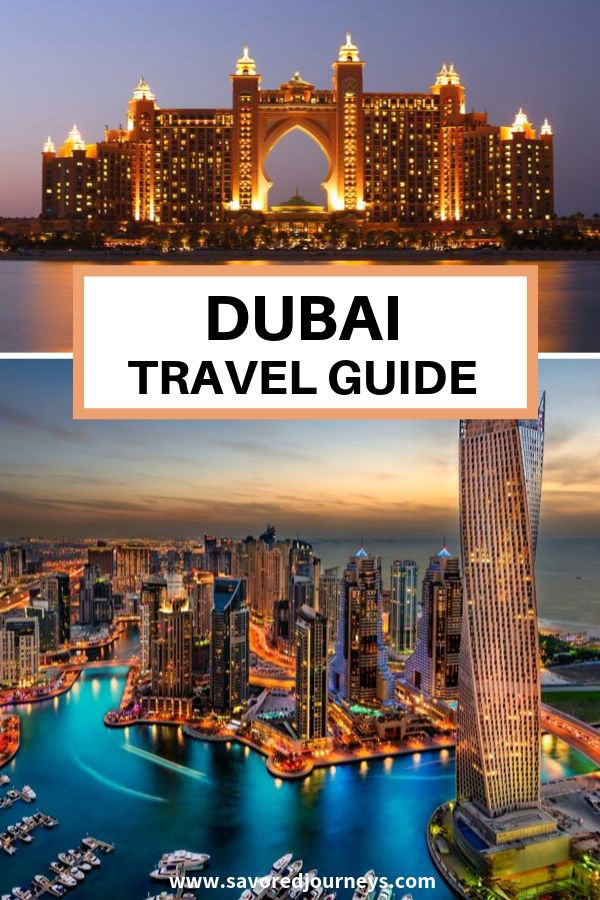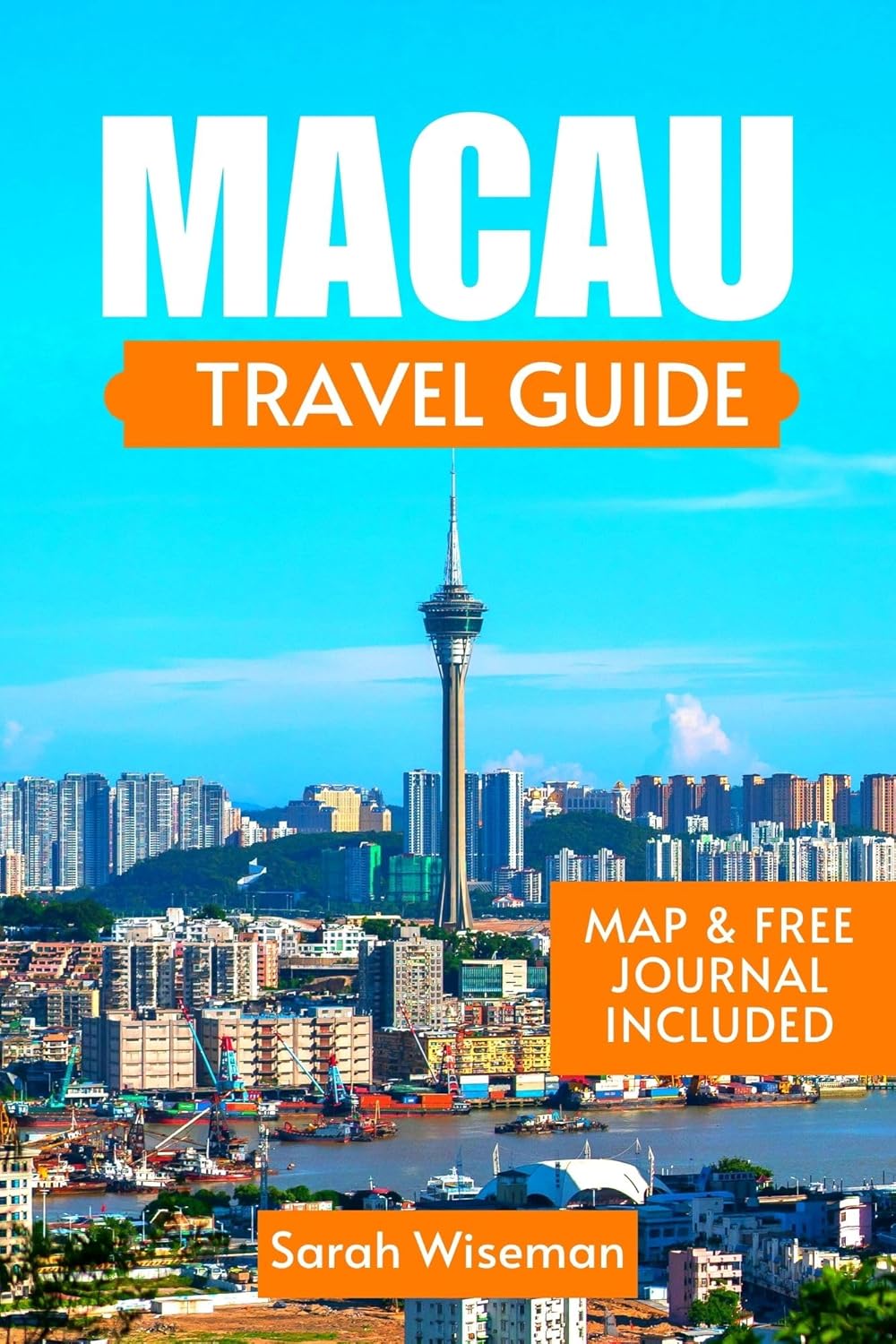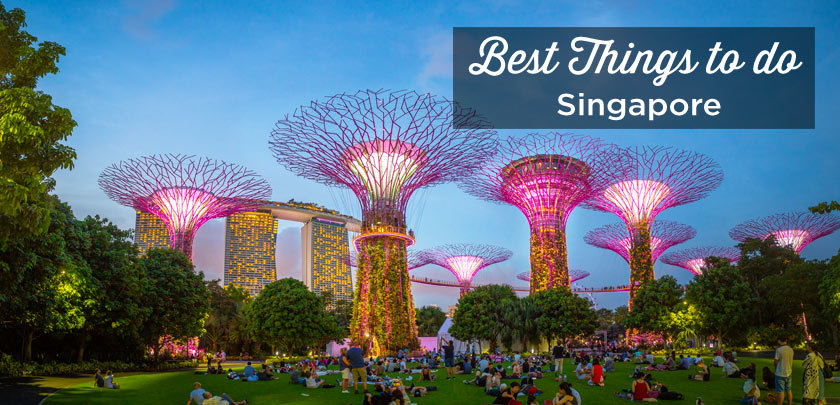
Singapore, the shimmering jewel of Southeast Asia, is a city-state that defies expectations. From its humble beginnings as a fishing village to its current status as a global economic powerhouse and a futuristic metropolis, it’s a destination that seamlessly blends verdant nature with cutting-edge architecture, rich history with vibrant modernity, and diverse cultures with a singular national identity. Often referred to as the "Lion City," Singapore truly roars with a unique energy, offering an unparalleled travel experience for every kind of adventurer.
This comprehensive guide will navigate you through the top things to do in Singapore, delving into its captivating history, iconic attractions, culinary delights, practical travel tips, and essential logistics to ensure your visit is nothing short of extraordinary.
A Glimpse into Singapore’s Rich History
Related Articles about The Lion City’s Roar: Unveiling Singapore’s Top Experiences:
- Switzerland: The Ultimate Travel Guide to Alpine Majesty and Urban Charm
- Odyssey of the Aegean: A Comprehensive Travel Guide to Greece
- A Grand Tour of the United Kingdom: History, Haunts, and Hopping Delights
- La Dolce Vita: Unveiling the Timeless Charms and Top Experiences of Italy
- Egypt: A Timeless Tapestry of Wonders – Unveiling the Best Tourist Attractions
To truly appreciate modern Singapore, one must first understand its fascinating journey. Its earliest known name was Temasek ("Sea Town"), a thriving port settlement in the 14th century, part of the Srivijaya empire. Legend has it that a Sumatran prince, Sang Nila Utama, sighted a creature he believed to be a lion, thus naming the island "Singapura," meaning "Lion City" in Sanskrit.
Centuries later, in 1819, Sir Stamford Raffles of the British East India Company arrived, recognizing Singapura’s strategic location along trade routes. He established a trading post, marking the beginning of its colonial era. Under British rule, Singapore flourished as a free port, attracting immigrants from China, India, and the Malay Archipelago, laying the foundation for its multicultural tapestry.
The tranquility was shattered during World War II when Singapore fell to the Japanese in 1942, enduring a brutal three-and-a-half-year occupation. This period profoundly shaped the national consciousness, fueling a desire for self-governance. After the war, Singapore gained internal self-rule in 1959, with Lee Kuan Yew becoming its first Prime Minister. In 1963, it merged with Malaysia, but ideological differences led to its separation and full independence on August 9, 1965.
Against all odds, Singapore, a tiny island nation with no natural resources, embarked on an extraordinary journey of transformation. Under Lee Kuan Yew’s visionary leadership, it focused on education, industrialization, and attracting foreign investment, rapidly developing into a first-world nation with a highly educated workforce, world-class infrastructure, and a reputation for stability and efficiency. Today, Singapore stands as a testament to human ingenuity and resilience, a vibrant hub of innovation, culture, and sustainable urban living.
Top Things to Do: Unveiling Singapore’s Main Attractions
Singapore’s compact size belies the sheer density of its world-class attractions. From futuristic marvels to serene gardens and bustling cultural enclaves, there’s an adventure waiting at every corner.
Iconic Landmarks & Futuristic Wonders
- Gardens by the Bay: This futuristic botanical wonderland is undoubtedly Singapore’s crown jewel. Spanning 101 hectares, it’s home to the iconic Supertree Grove, where towering tree-like structures come alive with a mesmerizing light and sound show (Garden Rhapsody) nightly. The cooled conservatories, the Cloud Forest (a misty mountain landscape with a 35-meter indoor waterfall) and the Flower Dome (the world’s largest glass greenhouse with diverse floral displays), offer a refreshing escape.
- Marina Bay Sands (MBS): An architectural marvel, MBS is instantly recognizable by its three towers topped with a boat-like Sands SkyPark. While the famous infinity pool is exclusive to hotel guests, visitors can enjoy breathtaking panoramic views from the SkyPark Observation Deck. The complex also houses a luxury mall, a casino, the ArtScience Museum (known for its interactive "Future World" exhibition), and a vibrant dining scene.
- Merlion Park: No visit to Singapore is complete without a selfie with the Merlion, the city’s mythical half-lion, half-fish mascot. Spouting water into Marina Bay, it offers fantastic photo opportunities with the stunning backdrop of the MBS and the city skyline.
- Jewel Changi Airport: More than just an airport terminal, Jewel is a destination in itself. Its centerpiece, the HSBC Rain Vortex, is the world’s tallest indoor waterfall, surrounded by the lush Shiseido Forest Valley. Beyond retail and dining, it offers attractions like the Canopy Park, Hedge Maze, and Manulife Sky Nets, making it a perfect spot for pre or post-flight entertainment.
Cultural Enclaves & Heritage Trails
- Chinatown: Immerse yourself in the rich heritage of Singapore’s Chinese community. Explore traditional shophouses, bustling markets, and historical temples like the Buddha Tooth Relic Temple and Museum. Don’t miss the vibrant street art, authentic hawker food, and unique souvenirs.
- Little India: A sensory explosion of colors, sounds, and aromas. Visit the ornate Sri Veeramakaliamman Temple, browse vibrant sari shops, pick up fragrant spices, and indulge in delicious Indian cuisine. The Mustafa Centre, a 24-hour department store, is an experience in itself.
- Kampong Glam: Singapore’s historic Malay-Arab quarter. The majestic Sultan Mosque with its golden domes dominates the skyline. Explore Haji Lane, a narrow alley famous for its independent boutiques, quirky cafes, and vibrant street art. Discover traditional Malay culture, enjoy Middle Eastern cuisine, and shop for unique textiles.
Nature & Wildlife Escapes
- Singapore Zoo, Night Safari & River Wonders: Consistently ranked among the best in the world, the Singapore Zoo offers an immersive "open concept" experience. For a unique adventure, the Night Safari allows you to observe nocturnal animals in their naturalistic habitats after dark. The River Wonders (formerly River Safari) is Asia’s first and only river-themed wildlife park, featuring giant pandas and diverse aquatic life.
- Sentosa Island: Singapore’s "State of Fun" offers a plethora of attractions. Home to Universal Studios Singapore, S.E.A. Aquarium (one of the world’s largest), Adventure Cove Waterpark, beautiful beaches (Siloso, Palawan, Tanjong), and various adventure activities.
- Singapore Botanic Gardens: A UNESCO World Heritage Site, these sprawling gardens are a tranquil oasis in the city. Home to the stunning National Orchid Garden, which boasts over 1,000 species and 2,000 hybrids of orchids, it’s a perfect spot for a leisurely stroll or a picnic.
Art, Museums & Urban Exploration
- National Gallery Singapore: Housed in beautifully restored colonial buildings (the former Supreme Court and City Hall), this museum is dedicated to Southeast Asian art, boasting an impressive collection that traces the region’s artistic heritage.
- Clarke Quay & Boat Quay: These vibrant riverside dining and entertainment precincts are perfect for an evening out. Enjoy a riverside meal, listen to live music, or simply soak in the lively atmosphere. A bumboat cruise along the Singapore River offers a picturesque view of the city’s historical and modern landmarks.
- ArtScience Museum (at MBS): Even if you don’t stay at MBS, the ArtScience Museum’s lotus-inspired architecture is a sight to behold. Its ever-changing exhibitions, particularly the permanent "Future World: Where Art Meets Science" installation, are highly interactive and captivating for all ages.
A Culinary Journey: Savoring Singapore’s Local Food
Singapore is a gastronomic paradise, a melting pot of Chinese, Malay, Indian, and Peranakan influences that have created a unique and utterly delicious food scene. Its hawker culture has even been recognized by UNESCO as an Intangible Cultural Heritage of Humanity.
- Hainanese Chicken Rice: Singapore’s national dish. Fragrant rice cooked in chicken broth, served with succulent poached or roasted chicken, chili sauce, and ginger paste.
- Laksa: A rich and spicy coconut milk-based noodle soup, often with prawns, fish cake, and cockles. Katong Laksa is a famous variant.
- Chilli Crab / Black Pepper Crab: Iconic seafood dishes. Chilli Crab is stir-fried in a sweet and savory tomato-chilli sauce, while Black Pepper Crab is fiery and aromatic.
- Satay: Skewered and grilled meat (chicken, beef, mutton) served with a rich peanut dipping sauce, cucumber, and onion.
- Char Kway Teow: Stir-fried flat rice noodles with cockles, Chinese sausage, bean sprouts, and dark soy sauce.
- Hokkien Mee: Yellow noodles and vermicelli stir-fried with prawns, squid, pork, and a rich stock.
- Kaya Toast & Soft-Boiled Eggs: A classic Singaporean breakfast. Toast slathered with kaya (coconut jam) and butter, served with runny soft-boiled eggs seasoned with soy sauce and white pepper.
- Roti Prata: A flaky Indian flatbread, often served with curry, or sweet with sugar.
Seek out these delights at any of the numerous hawker centres like Lau Pa Sat, Maxwell Food Centre, Tiong Bahru Market, or Old Airport Road Food Centre. Many hawker stalls even boast Michelin stars or Bib Gourmand awards!
Navigating the City: Transportation Options
Singapore boasts one of the world’s most efficient and user-friendly public transportation systems.
- MRT (Mass Rapid Transit): The subway system is the backbone of public transport. It’s clean, safe, air-conditioned, and connects virtually every major attraction. Purchase an EZ-Link card or use your contactless credit/debit card for seamless travel.
- Buses: An extensive bus network complements the MRT, reaching areas not covered by the train. They offer scenic routes and are equally efficient.
- Taxis & Ride-Sharing: Taxis are readily available and reasonably priced. Ride-sharing apps like Grab (Southeast Asia’s equivalent of Uber) are popular and convenient.
- Walking: Many central areas, especially around Marina Bay and the cultural enclaves, are highly walkable, allowing you to discover hidden gems.
Practical Pointers for Travelers (Travel Tips)
- Currency: Singapore Dollar (SGD).
- Language: English is the most widely spoken language, alongside Malay, Mandarin, and Tamil.
- Safety: Singapore is renowned for its low crime rate, making it one of the safest cities in the world.
- Etiquette: It’s illegal to chew gum (unless for medicinal purposes), litter, or jaywalk. Smoking is restricted to designated areas. Tipping is not customary as a service charge is usually included.
- Connectivity: Wi-Fi is widely available. Consider purchasing a local SIM card at the airport or convenience stores for easy data access.
- Power: Type G (three rectangular pins) plug, 230V.
- Hydration: Always carry a water bottle, especially given the tropical humidity. Tap water is safe to drink.
- Dress Code: Casual, lightweight clothing is suitable. Bring a light jacket for air-conditioned indoor spaces. When visiting religious sites, dress modestly (shoulders and knees covered).
When to Visit: Best Time to Embrace the Lion City
Singapore enjoys a tropical climate with consistent temperatures (around 25-31°C or 77-88°F) and high humidity year-round. There isn’t a "bad" time to visit, but some periods are more popular:
- Peak Season (December to February & June to July): These months see slightly cooler, drier weather and coincide with major holidays and school breaks. Expect larger crowds and higher prices.
- Shoulder Seasons (March to May & August to November): Generally good weather, fewer crowds, and potentially better deals on flights and accommodation.
- Festivals: Consider timing your visit with major festivals like Chinese New Year (Jan/Feb), Hari Raya Puasa (Apr/May), Deepavali (Oct/Nov), or the Singapore Food Festival (July/Aug) for unique cultural experiences.
Where to Stay: Nearby Hotels & Accommodations
Singapore offers a vast array of accommodation options to suit every budget and preference.
- Luxury (Marina Bay/Civic District): For an indulgent stay, consider the iconic Marina Bay Sands, the historic Fullerton Hotel Singapore, or the colonial charm of Raffles Hotel Singapore. These offer unparalleled views and service.
- Mid-Range (Orchard Road/Bugis/Clarke Quay): Areas like Orchard Road (for shopping), Bugis (for culture and shopping), and Clarke Quay (for nightlife) offer excellent hotels like PARKROYAL COLLECTION Pickering, Grand Hyatt Singapore, or Hotel G Singapore.
- Boutique (Chinatown/Kampong Glam/Tiong Bahru): For a more unique and personalized experience, explore boutique hotels like The Amoy Hotel, Hotel Soloha in Chinatown, or The Sultan in Kampong Glam.
- Budget (Hostels/Guesthouses): Look for well-regarded hostels in vibrant areas like Chinatown, Little India, or Lavender for affordable and social options.
Conclusion
Singapore is a city that constantly reinvents itself, a harmonious blend of old and new, nature and urbanity. From its inspiring rags-to-riches history to its futuristic attractions, delectable food, and warm multicultural embrace, the Lion City promises an unforgettable adventure. Pack your bags, prepare your taste buds, and get ready to be captivated by the magic of Singapore – a destination that truly has it all.
